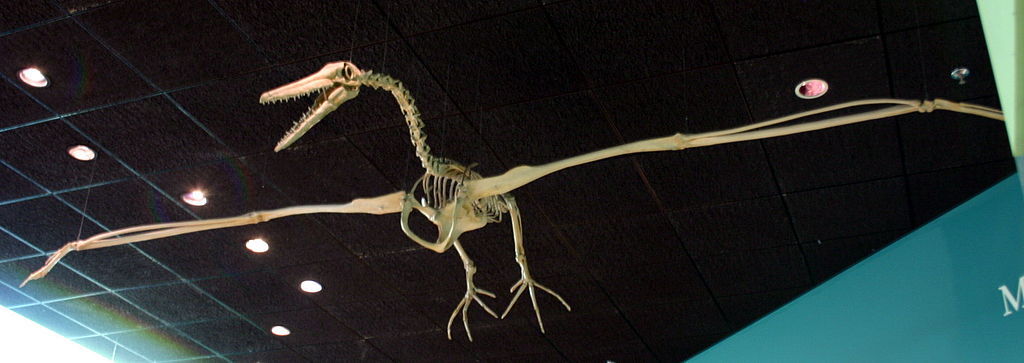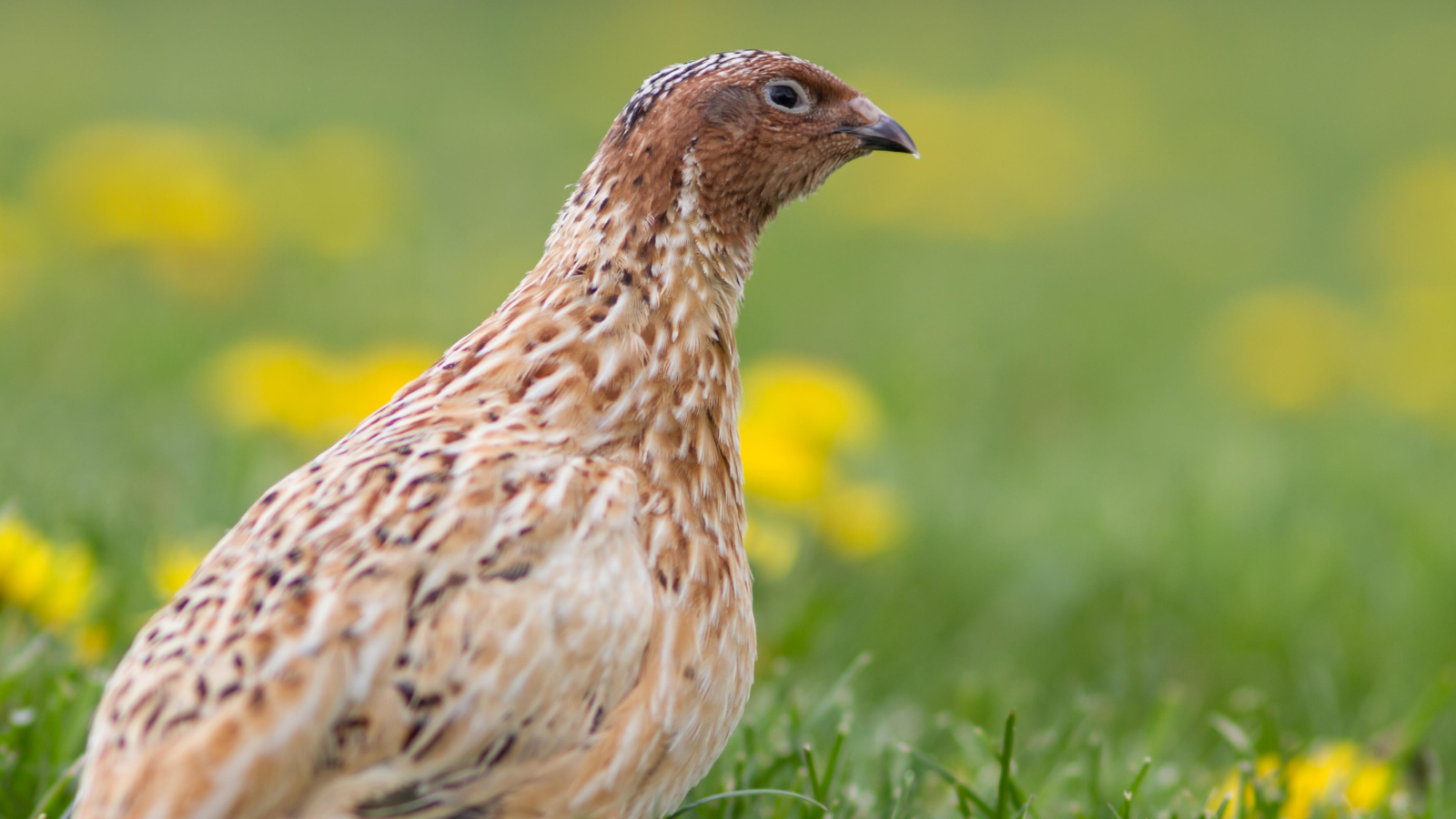Airplane-Size Seabird Flew Above Antarctica 50 Million Years Ago

A prehistoric seabird that was the size of a small airplane and had a mouthful of sharp teeth once soared over ancient Antarctica, occasionally stopping to snag fish and squid, a new study finds.
Researchers found a broken 3.3-inch-long (8.5 centimeters) piece of the bird's humerus (upper arm bone) on Seymour Island in West Antarctica. Though small, the tiny specimen was all the researchers needed to determine that the find was record-breaking; the fossil belongs to the oldest-known Antarctic bird with so-called "pseudo teeth," or teeth made out of bone from the jaw that were covered with a beak-like material, the researchers said.
They dated the bird's humerus to the Lower Eocene, between 53 million and 49 million years ago, said study lead author Marcos Cenizo, the director of the Provincial Museum of Natural History in La Pampa, Argentina. [Photos of the World's Largest Flying Bird]
The bird belongs to a group of seabirds known as pelagornithids, the relatives of Galloanseres, a group that includes geese and ducks. The fossil record shows that pelagornithids lived for about 60 million years, Cenizo told Live Science in Spanish. However, pelagornithids went extinct between 2 million and 3 million years ago, and it's not clear why, he said.

Pelagornithids were enormous birds, with wingspans that could exceed 20 feet (6 meters). Their lightweight bones and anatomy suggest that they could fly for miles over the open sea, much like the albatross does today, Cenizo said.
The largest known pelagornithid is Pelagornis sandersi, discovered in 1983 in Charleston, South Carolina, during construction for a new airport terminal. P. sandersi had a wingspan of between 20 and 24 feet (6.1 and 7.3 m) and weighed between 48.5 and 88 lbs. (22 and 40 kilograms).
The researchers also discussed the remains of a younger pelagornithid found in the Antarctic, which date to 41 million to 39 million years ago. These remains include fossils of a skull, lower leg bone and a humerus that could be even larger than the South Carolina one, meaning that it may "represent one of the largest known pseudo-toothed birds," the researchers wrote in the study.
Get the world’s most fascinating discoveries delivered straight to your inbox.
These two bony-toothed birds, and perhaps others, likely coexisted in Antarctica between 50 million and 40 million years ago, Cenizo said.
The study was published online on March 21 in the Journal of Paleontology.
Original article on Live Science.

Laura is the archaeology and Life's Little Mysteries editor at Live Science. She also reports on general science, including paleontology. Her work has appeared in The New York Times, Scholastic, Popular Science and Spectrum, a site on autism research. She has won multiple awards from the Society of Professional Journalists and the Washington Newspaper Publishers Association for her reporting at a weekly newspaper near Seattle. Laura holds a bachelor's degree in English literature and psychology from Washington University in St. Louis and a master's degree in science writing from NYU.
